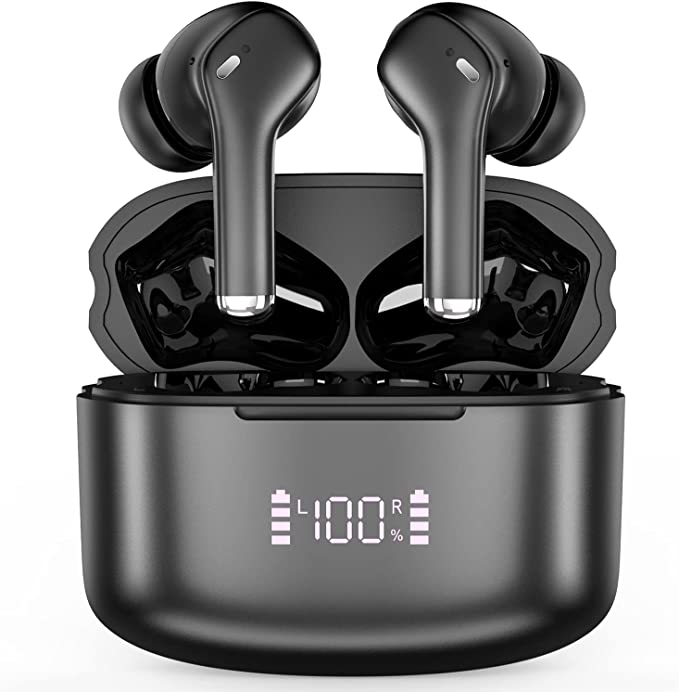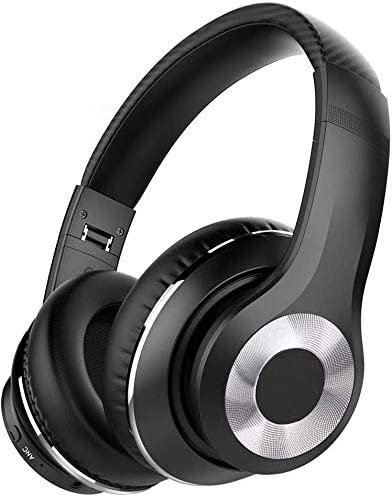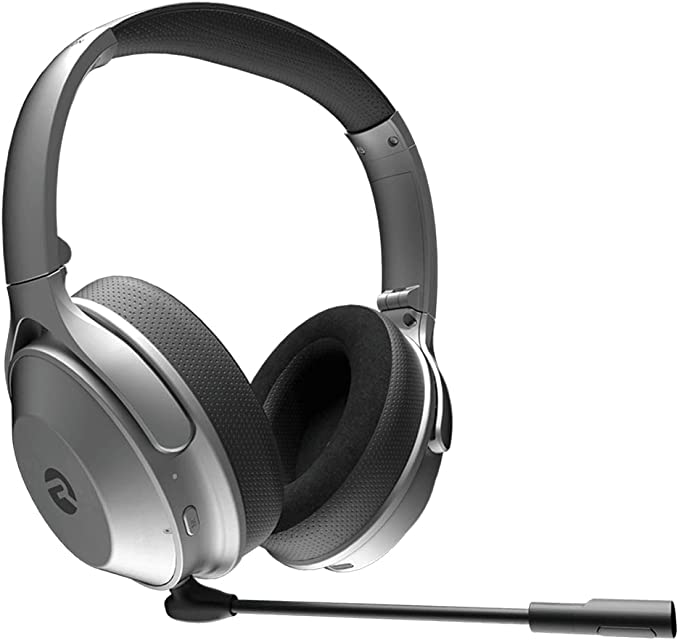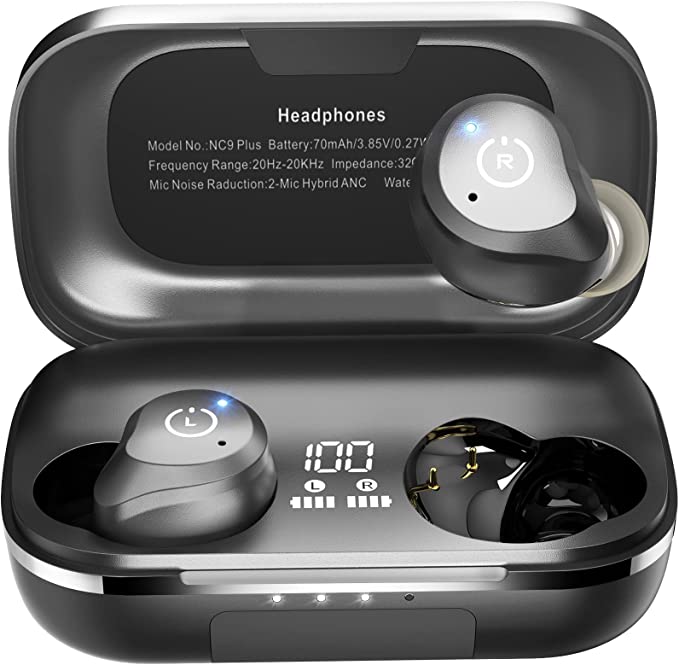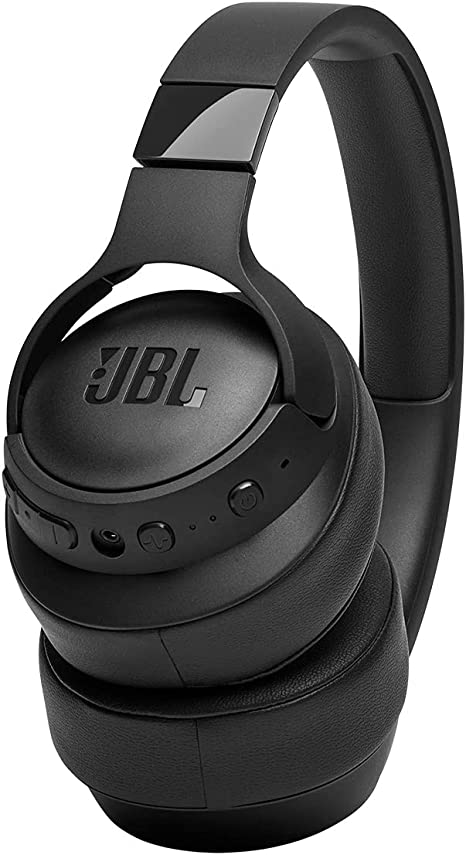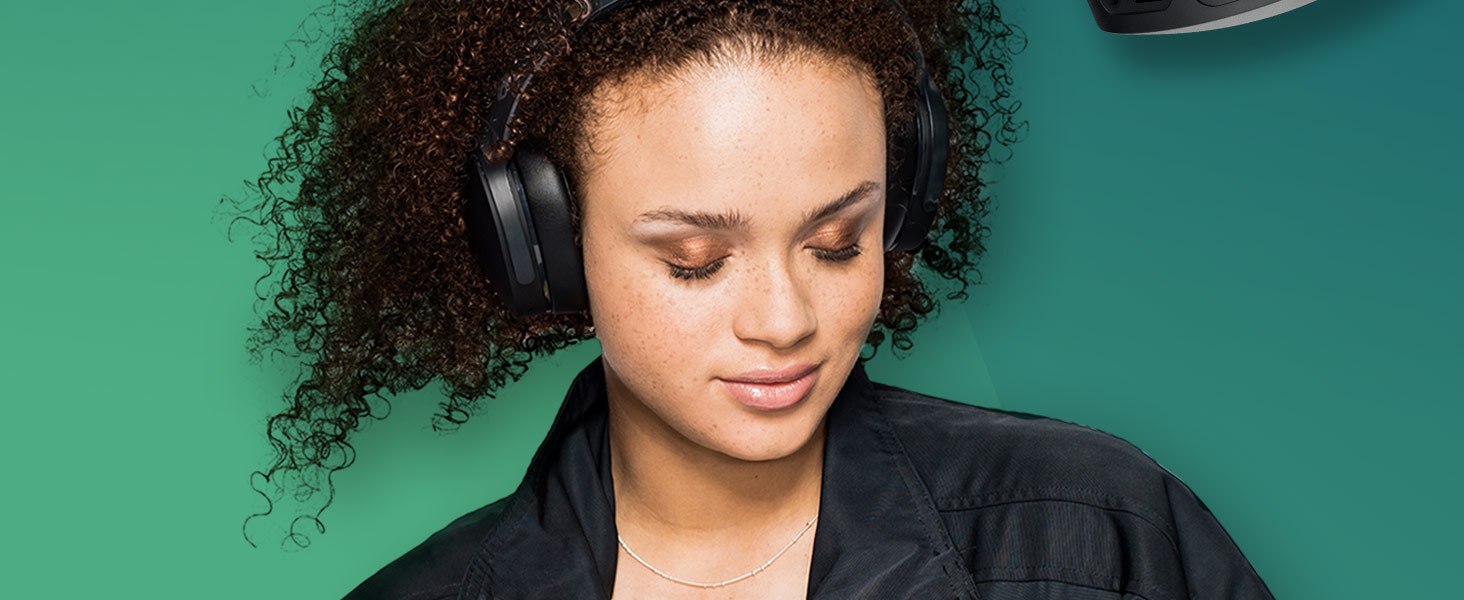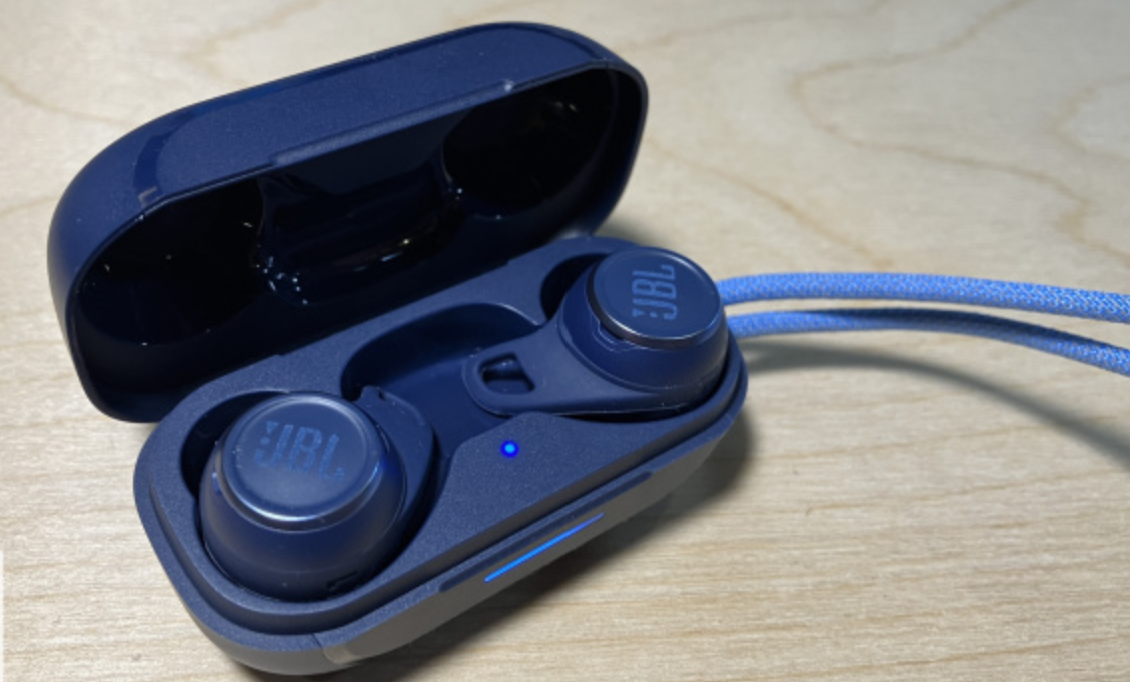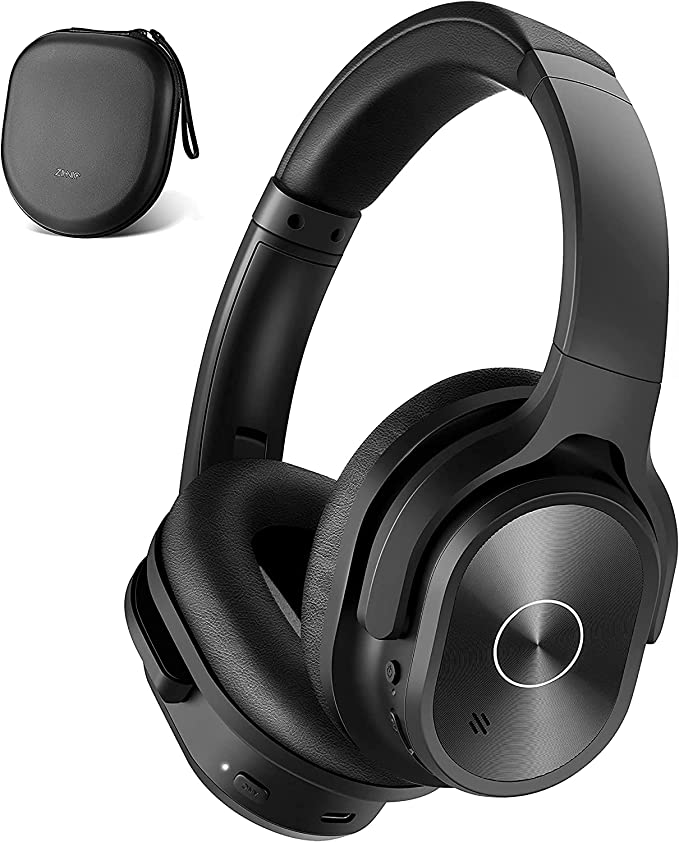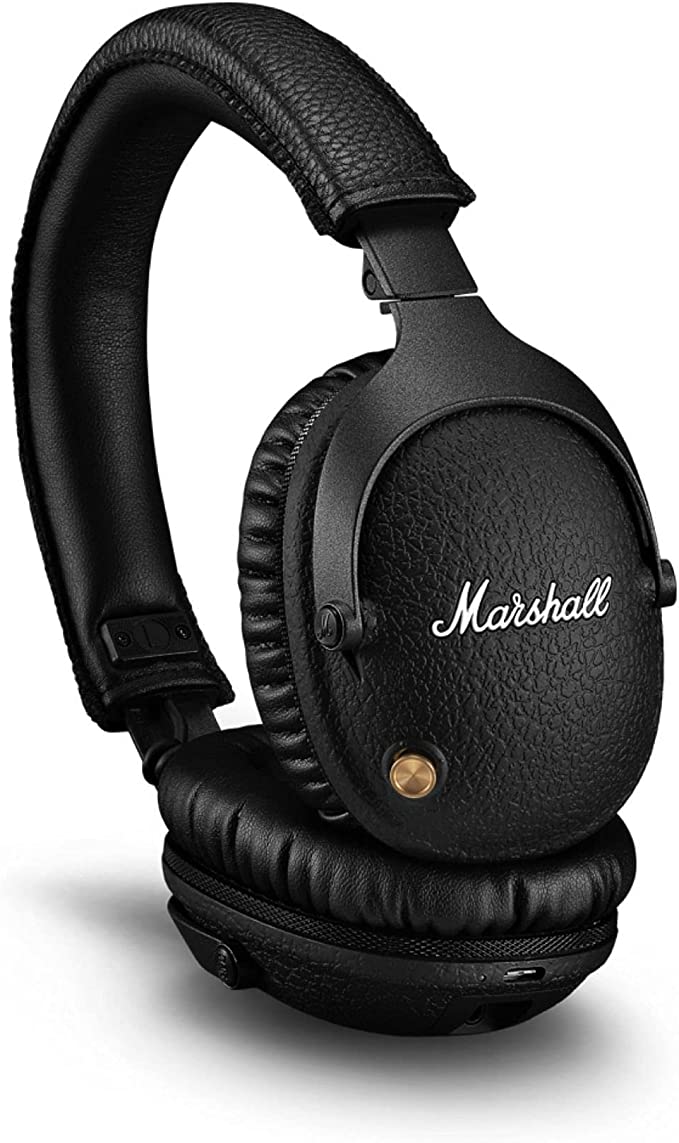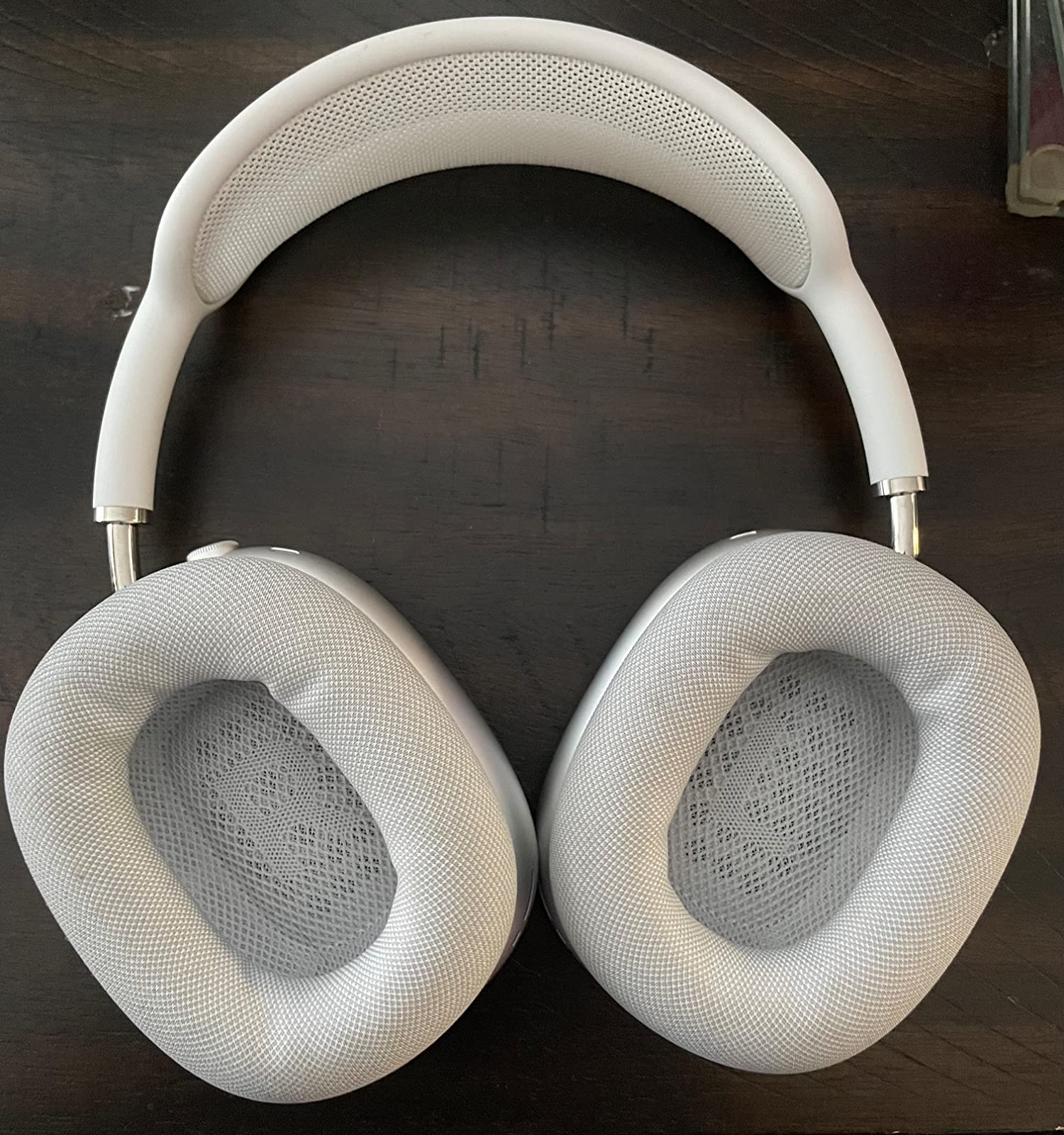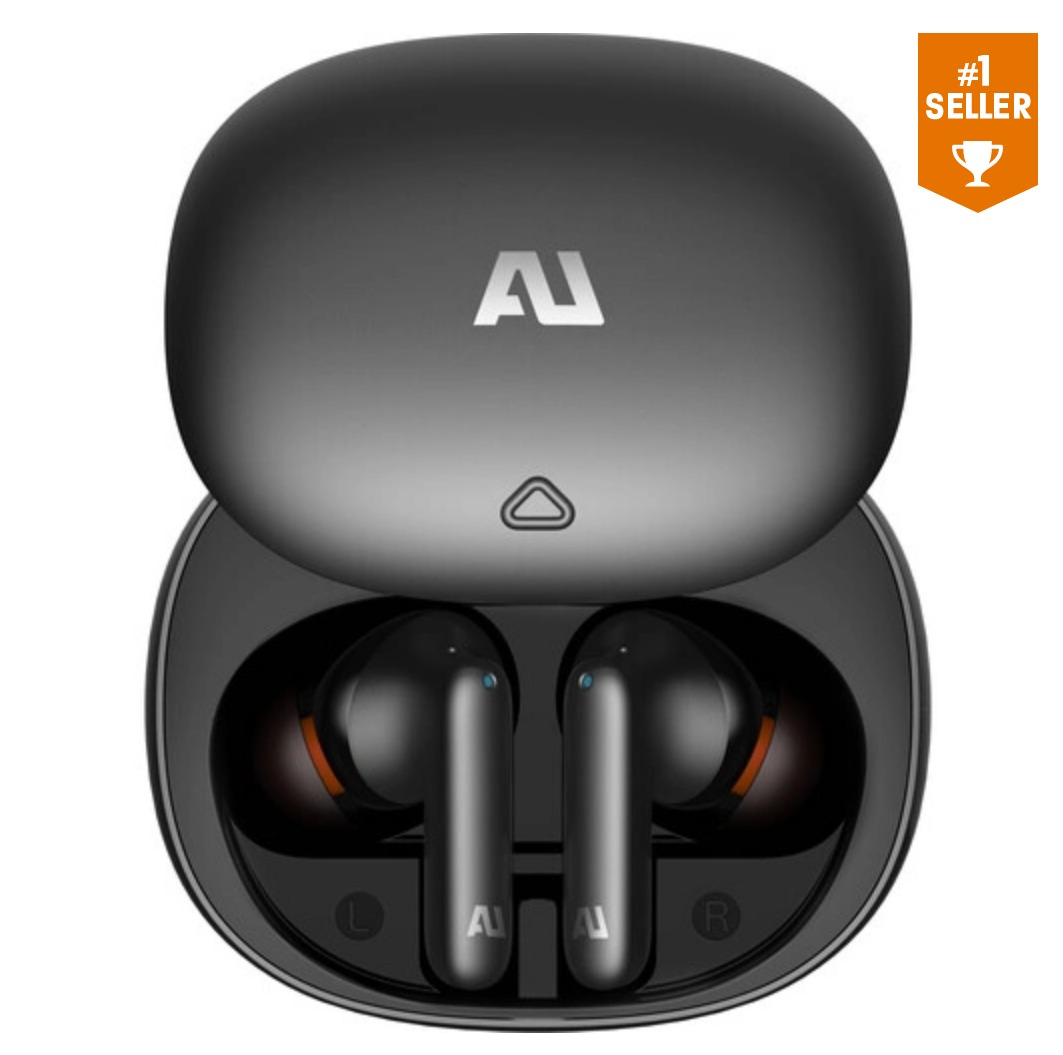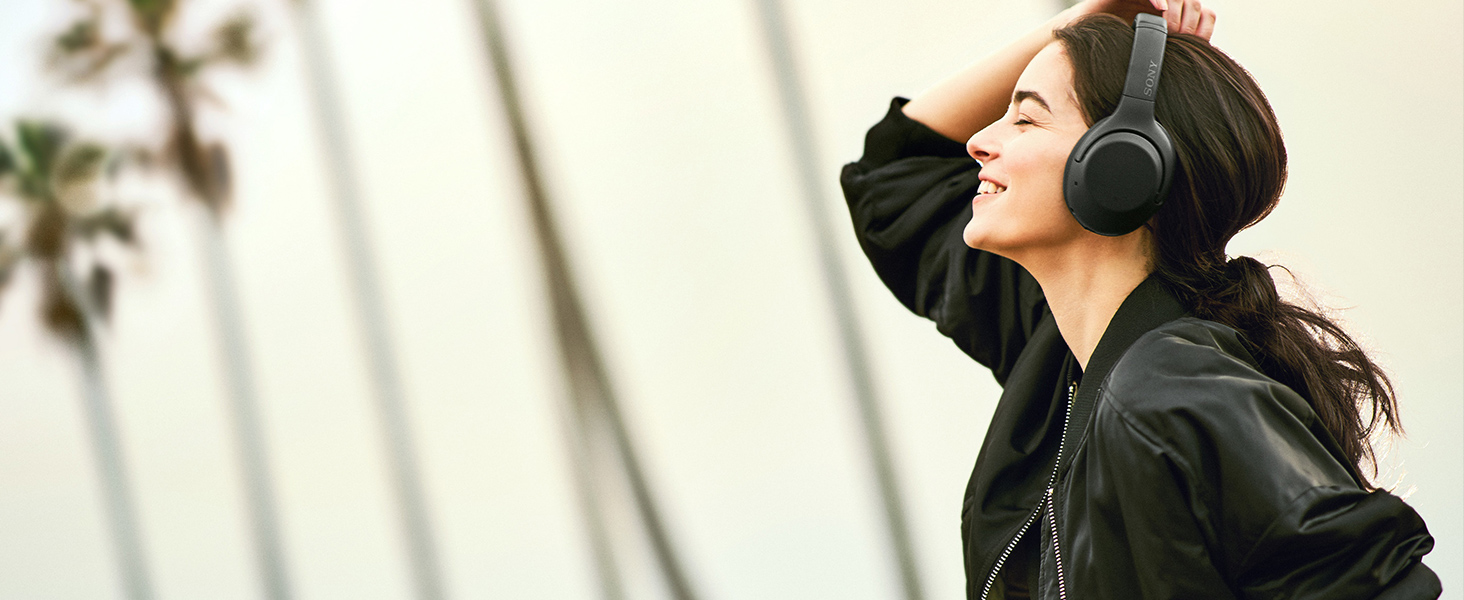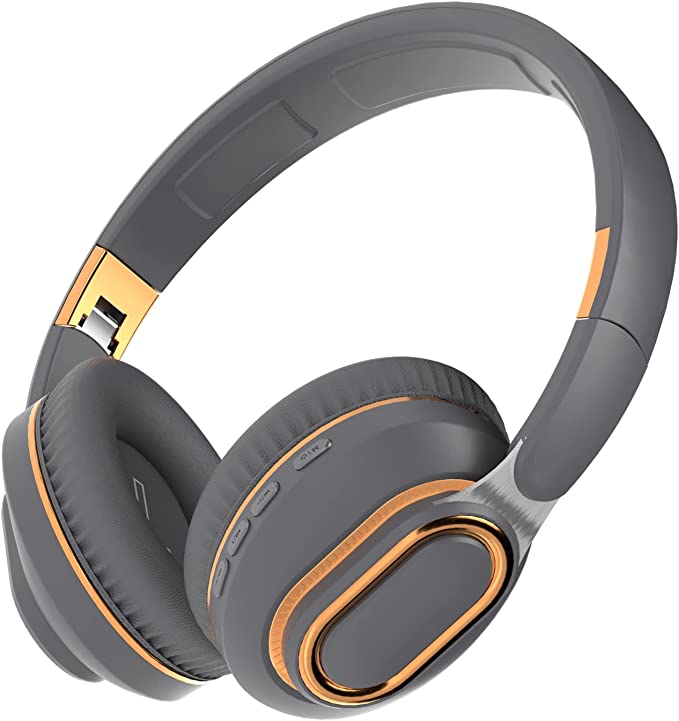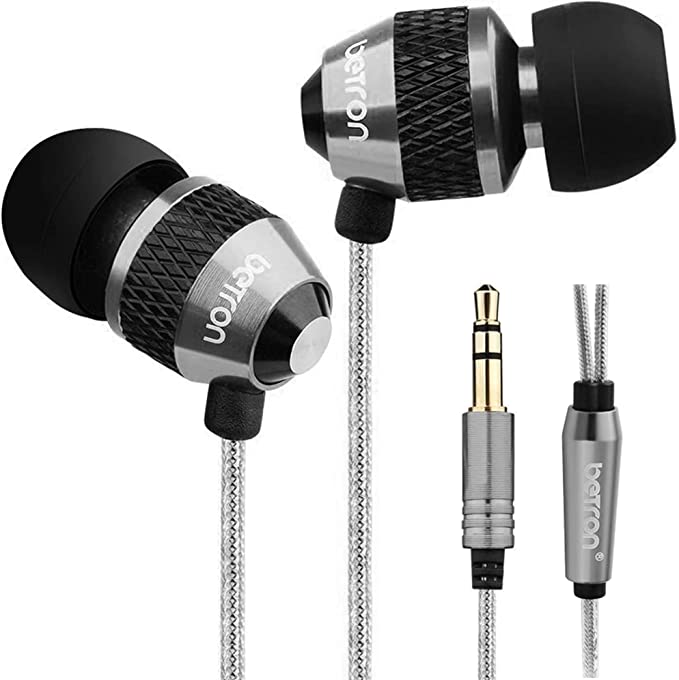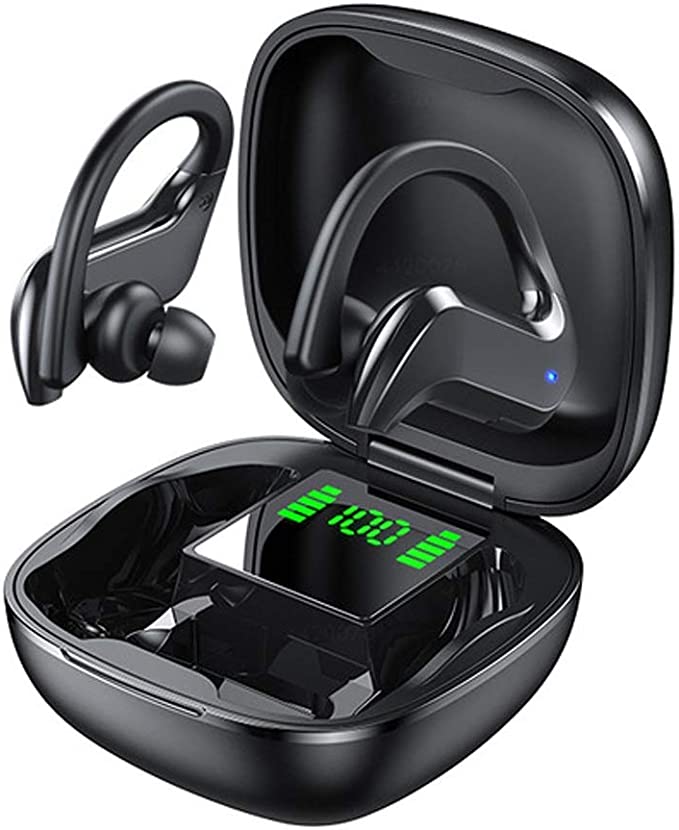Pump Up Your Workouts with the TREBLAB Z2s: Sweatproof Bluetooth Headphones Built for Exercise
Update on June 30, 2025, 4:16 p.m.
You’re there. Under the bar, pushing for a personal best. Your world has narrowed to the cold steel, your breathing, and the driving beat in your ears. Your focus is a fragile, perfect bubble. Then, from ten feet away, a stack of weights crashes to the floor. The sound, a percussive explosion, shatters your concentration. Or perhaps it’s a quieter, more insidious defeat: a slow fade to silence as your headphones, soaked in the sweat of your effort, finally give up.
This isn’t just bad luck. It’s a battle lost. Every time you step into the gym, your headphones are fighting a silent, multi-front war on your behalf. It’s a war against acoustic chaos, chemical corrosion, and relentless energy drain. To understand a product like the TREBLAB Z2 isn’t to just read a spec sheet; it’s to appreciate the engineering strategy behind fighting—and winning—these unseen battles.

The War on Noise: An Acoustic Arms Race
First, the battle for your focus. The gym is an acoustic nightmare. It’s not just the sharp, unpredictable clangs; it’s the oppressive, low-frequency drone—the combined hum of treadmills, the rumble of ventilation systems, and the bass-heavy pop music bleeding from overhead speakers. This constant hum is a cognitive load, a tax on your mental energy.
This is where Active Noise Cancellation (ANC) enters the fray. It’s a technology of such beautiful elegance it borders on magic. Inside the Z2’s earcups, tiny microphones act as sentinels, constantly listening to that ambient drone. They send this information to a processor that, in real-time, performs an incredible trick: it generates a brand new sound wave that is the exact mirror image, or anti-phase, of the incoming noise. Think of it like this: if the noise is a wave with a peak, the ANC creates a wave with a perfectly matched trough. When these two waves meet at your eardrum, they cancel each other out. The drone simply vanishes.
This technology wasn’t born in a recording studio. It was conceived in the noisy cockpit of a transatlantic flight in the late 1970s by Dr. Amar Bose, who realized that focus, especially in extreme environments, was a resource worth protecting. What the Z2 calls “T-Quiet” technology is the modern, consumer-grade descendant of that same principle. It’s a specialized weapon, ruthlessly effective against the steady, low-frequency hums that ANC was designed to kill. However, it’s crucial to understand its limits. It won’t erase the sudden, sharp crack of a dropped weight. For that, you rely on the passive isolation provided by the physical seal of the over-ear cups themselves.

The Gauntlet of Sweat and Heat: A Trial by Chemistry and Physics
Next, your headphones face a chemical and thermal assault. Your sweat is not just water; it’s a saline solution, an electrolyte-rich liquid that is remarkably effective at corroding the delicate internals of electronics. This is where the Z2’s IPX4 rating becomes more than just a marketing term. It’s a certification, defined by the International Electrotechnical Commission’s standard 60529.
Let’s decode it: IP stands for Ingress Protection. The X means it hasn’t been rated for dust protection. The crucial number is the 4. It certifies that the device is protected against splashing water from any direction. This means it was specifically engineered with gaskets and sealed seams to withstand the exact kind of attack your body launches during an intense workout. As one user, Tyler, impressively documented after 74 grueling gym sessions, the materials held up. But an IPX4 rating is not a license for submersion. As another user, CP, rightly questioned, it will fend off sweat and maybe a light sprinkler, but it’s not designed for a run in a heavy downpour.
Yet, this protection comes with an unavoidable trade-off, a fundamental law of physics for over-ear headphones: they trap heat. The very design that creates a fantastic seal for passive noise isolation and deep bass response also turns the space around your ears into a miniature greenhouse. Your ears are a key area for thermal regulation, and covering them entirely will, as CP noted, make them hot during a summer workout. This isn’t a flaw in the Z2; it’s an inherent compromise of the over-ear form factor. The choice is a classic engineering trade-off: superior sound immersion versus superior thermal comfort.

The Long March of Endurance: A Campaign of Energy Management
Finally, there’s the war of attrition: battery life. A dead headphone mid-workout is a total mission failure. The Z2 boasts an impressive 35-hour playtime, a figure made possible by a combination of a dense Lithium-Ion battery and the power-sipping efficiencies of its Bluetooth 5.0 chipset.
But spec sheets don’t tell the whole story. The most vital piece of intelligence comes from the field—from users. A critical discovery, highlighted in reviews, is that the ANC circuitry is independent of the main power. You can turn the headphones off, but if that little ANC toggle switch is still in the “On” position, it will continue to draw power, silently bleeding your battery dry. This isn’t a bug; it’s a design characteristic. The ANC processor needs to be ready. Knowing this transforms your relationship with the device. You are now the smart commander, managing your power resources for the long haul.
Look closely, and you’ll spot another clue to the Z2’s story: the Micro-USB charging port. In today’s world of USB-C, it feels like a relic. But remember, this product was first released in mid-2019. At that moment in time, Micro-USB was still ubiquitous and more cost-effective to implement. It’s a small detail that perfectly situates the Z2 in its technological era—a product designed to deliver premium features like ANC and aptX audio at a highly competitive price point, which meant making pragmatic choices on components like the charging port.

An Imperfect, Honest Victory
So, the TREBLAB Z2 is not a perfect, invincible piece of hardware. It’s something far more interesting: a thoughtfully engineered tool built upon a series of smart, intentional compromises. It wins a decisive victory against the drone of the gym. It puts up a valiant, certified defense against the chemical warfare of your sweat. It offers marathon-like endurance, provided you, its commander, know the secret to managing its power.

It will, however, get warm during a high-intensity session—a trade-off for its immersive sound. It won’t make you invincible to sudden, loud noises. But in the complex calculus of creating an affordable, durable, and effective audio tool for the uniquely hostile environment of a gym, the Z2 represents an honest and compelling success. The real victory, for any of us, isn’t finding a flawless product. It’s gaining the knowledge to understand the science, respect the trade-offs, and choose—and use—our gear wisely for the battles we choose to fight.
